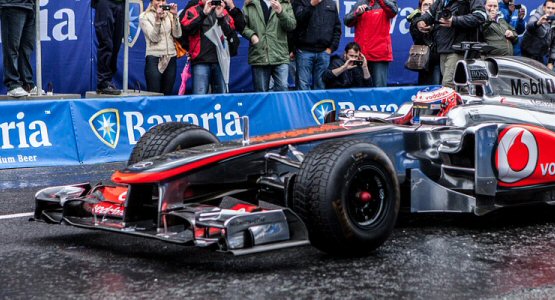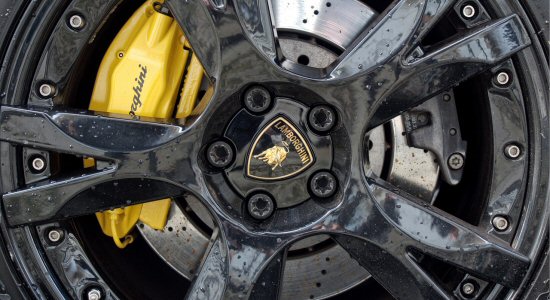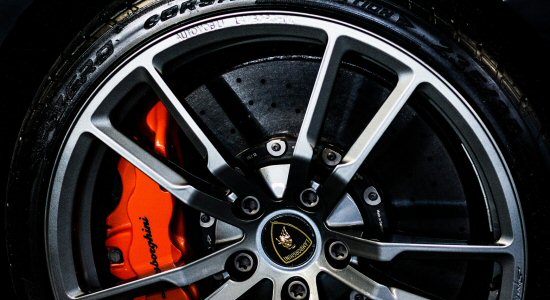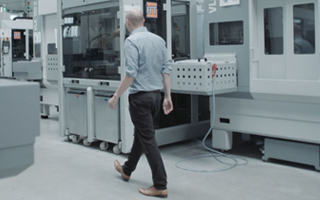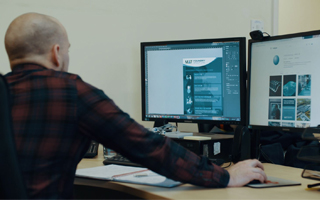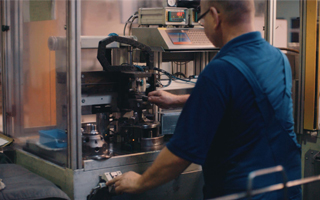How Do HGV Brakes Work?
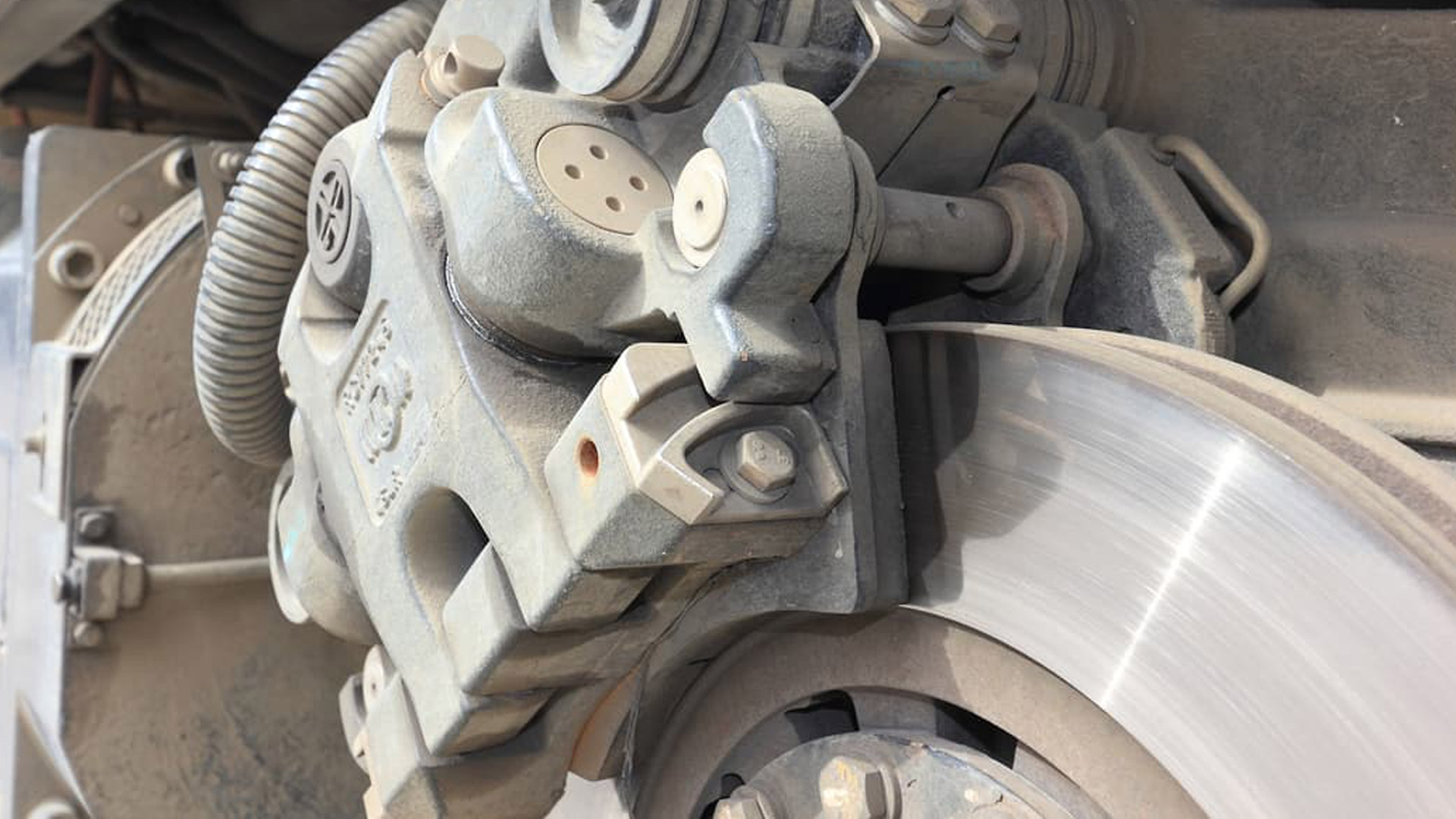
Heavy Goods Vehicles use an air brake system based on a design from the 1800’s originally intended for use in trains - but the principles behind the system still endure today and are almost universally applied to all HGV’s, buses and trains with remarkable compatibility across the globe.
SUPERIOR DESIGN
Once it was decided there had to be a better way of stopping trains than having a team of train operators run up and down the carriages turning on handbrakes, the first true braking system installed on trains was called a Straight Air Brake.
It applied compressed air to a piston which acted to directly move the brake shoes themselves against the wheel via a series of connecting rods and pivots.
The serious problem with it was that in the event of a loss of air pressure in the system through either part failure; damage; or even human error; the train had no way of stopping – causing a runaway train.
In 1868 George Westinghouse patented the first version of his new system with a built in failsafe to improve on the Straight Air system. It eventually proved so successful it was universally adopted across the railways and later adopted in all large vehicles in place of insufficient hydraulic brakes.
The key design change in the Westinghouse system was the complete reversal of how the air pressure was utilised – rather than using pressure to apply the brakes, it was instead used to release them.
Each rail car had its own reservoir air tank supplied by a central compressor system. When kept at full pressure the brakes would disengage enabling the train to move, and any reduction or loss of pressure would cause the brakes to be applied.
This meant that in the event of a failure, the brakes would automatically be applied bringing the vehicle to a stop and preventing a runaway train situation.
ADAPTED
As road vehicles got larger and the loads they carried increased, it was deemed sensible to adopt the same principal system for the same principal reason – large vehicles hurtling out of control was dangerous for all involved and having a failsafe in place was the logical course of action.
The Westinghouse system was then adapted for use in road vehicles using the same basic layout of reservoir tanks being fed by an air compressor, which activated the braking chambers on each wheel.
These brake chambers are essentially diaphragms in sealed chambers that move under air pressure and in turn move a push rod that applies the brakes. Over time modern safety features have been incorporated to improve the system.
Although termed as ‘airbrakes’, the compressed air system is only used to activate the brakes in the same way hydraulic fluid is used in smaller vehicles, it is not the brakes themselves. Large road vehicles still use either drum or disc brakes, only considerably larger than those found in your average hatchback.
Despite the overwhelming evidence of the significantly improved performance of disc brakes, the older drum brakes are still widely used today in countries where their laws governing safe stopping distances do not exclude them from use.
As drum brakes have lower production costs they remain an attractive option for the cost conscious operator - in the USA 90% of its HGV’s still use drum brakes over discs because of cost to run considerations.

BOILING POINT
Aside from the failsafe aspect of airbrakes, there are other reasons they are the standard system on large vehicles.
One significant issue with hydraulic brakes is they don’t perform well under extreme braking conditions. The stresses placed on the hydraulic system of a car weighing less than two tonnes are pretty insignificant when you consider HGV’s can currently run at a legal maximum weight of 44 metric tonnes on UK roads.
In an emergency braking situation at motorway speeds, stopping this amount of weight would heat the discs to as hot as 1000oC.
While not enough to reach the iron rotors melting point of 1500oC, it would be more than enough to vaporise the hydraulic fluid in the brake lines rendering them useless as no pressure would be generated to activate the brakes.
You may have seen glowing discs on track cars going into corners. Despite them travelling much faster than any HGV ever will, the kinetic energy carried by the extra tonnes of weight in a truck far exceeds that created by a faster car.
It’s why stripping weight in racing cars is a priority and why racing trucks have to use a water-cooled system just to keep their brakes operational.
Who would have thought a system designed for trains 150 years ago would still be keeping us safe on today’s roads and race tracks around the world.


